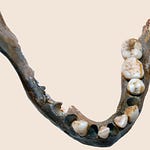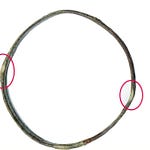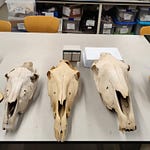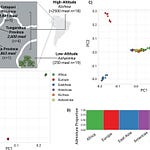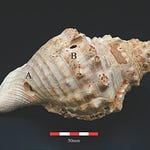The Ancient Pulse of Copán
Deep in the fertile Copán Valley of western Honduras, beneath layers of stone and time, lies the memory of a once-thriving Maya city-state. Copán was a ceremonial and political powerhouse at the southern edge of the Maya world—an outpost that bore witness to centuries of cultural fusion, dynastic ambition, and eventual collapse.
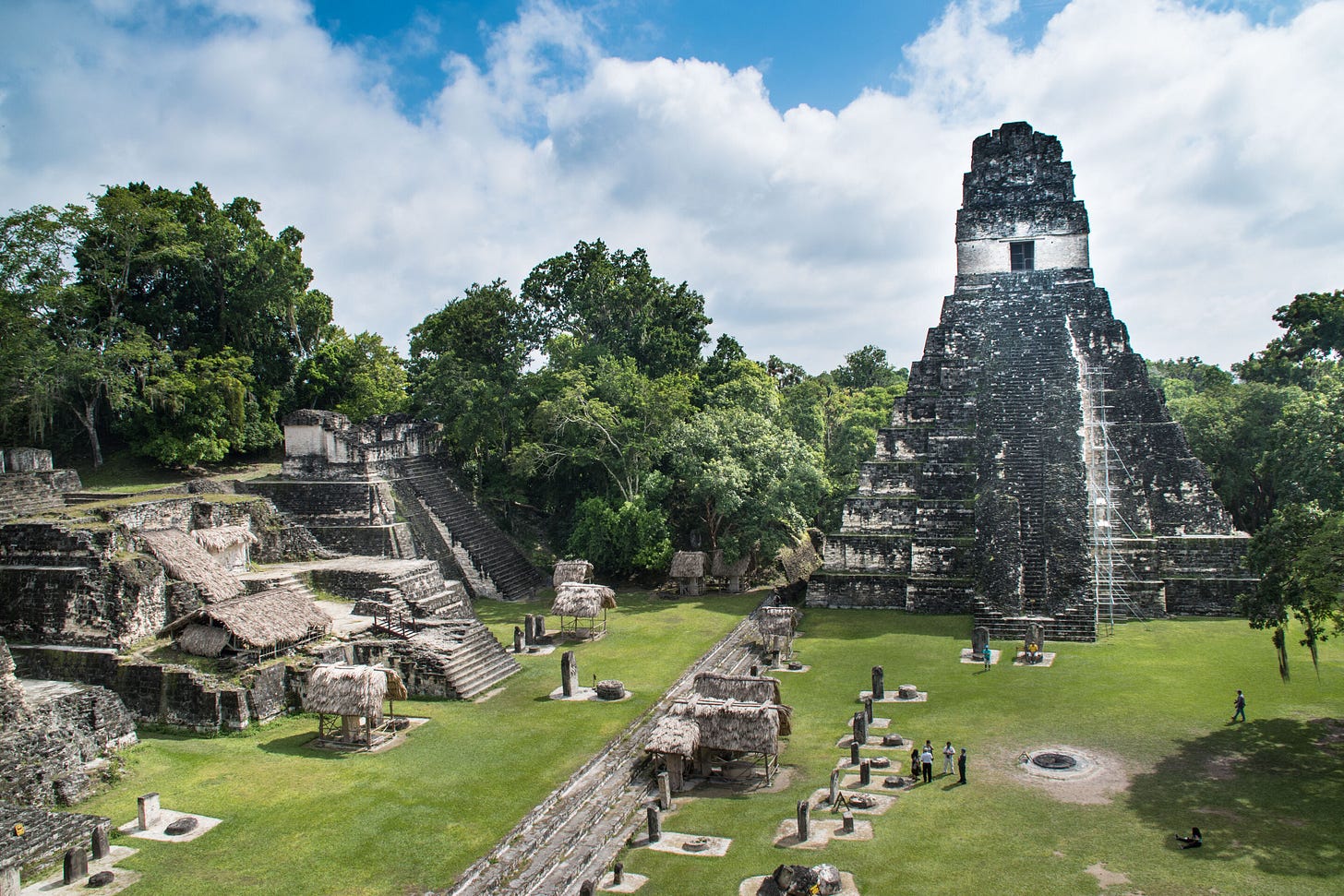
Now, the bones of its former inhabitants are speaking again. In a new study published in Current Biology1, an international team of researchers led by geneticist Shigeki Nakagome and archaeologist Mary E. Murray has extracted and sequenced ancient DNA from seven individuals buried within the city. Their findings add genetic clarity to the story of Copán’s rise and fall—one shaped by migration, political power, and resilience amid societal upheaval.
“We found strong evidence for genetic continuity in the Copán Valley,” said Lucia M. Cassidy, a co-author on the study. “But also clear signs of mobility, likely tied to political and cultural shifts during the Classic period.”
Royals, Sacrifices, and Commoners in Stone
The individuals analyzed in the study came from two major archaeological projects—PICPAC and PROARCO—which excavated burials from both elite and non-elite structures. One was likely royal: interred in a richly furnished tomb, the individual bore genetic and material markers of high status, potentially even of dynastic descent. Another, buried nearby with no indicators of wealth, may have been a sacrificial victim.
“These contrasting burials—royal and sacrificial—provide a vivid glimpse into the social complexity of Classic Copán,” said Dr. Nakamura, a co-author from Kyoto University.
Using DNA extracted from the petrous portion of the skull—known for preserving ancient genetic material—the team compared the Copán genomes to both modern and ancient individuals across the Americas. Their findings revealed that most of the genetic ancestry at Copán can be traced back to local populations who had been in the region since at least the Late Archaic period (roughly 5,600 to 3,700 years ago).

But there was also something else: a subtle but significant gene flow from highland Mexico, estimated at around 6%. This genetic signal aligns well with archaeological theories that suggest Copán’s founding elite may have migrated into the region and mingled with local groups—particularly around the time the city’s first king, K’inich Yax K’uk’ Mo’, assumed power in the early 5th century CE.
Continuity in Collapse
The Classic Maya period—roughly 250 to 900 CE—was a time of monument-building, astronomical precision, and elite rivalry. But by the 9th century, something changed. Droughts, political fractures, and economic instability swept through the region, leading to the widespread decline of many city-states.

At Copán, the genomic data tells a parallel story. The researchers observed a marked decrease in genetic diversity starting around 1,200 years ago, likely due to population decline. This fits the broader narrative of the Maya collapse—an unraveling that was not uniform, but regionally nuanced.
“The population didn’t disappear entirely,” said Dr. Nakagome, “but there was a demographic bottleneck that left a clear genetic signature.”
Interestingly, despite the collapse of dynastic rule and urban life, the local ancestry of the region remained remarkably consistent. The genomes from Copán show clear continuity with modern Maya-speaking communities in Mexico and Central America, suggesting that cultural resilience persisted even after political systems failed.
A Southern Nexus of Maya Civilization
Copán’s location near the southern frontier of the Maya cultural zone made it a place of connection. Its inscriptions show influence from central Mexico; its architecture references Tikal and Teotihuacan. And now, genetic evidence underscores that this flow of ideas and power also moved through people’s bodies.
“Copán wasn’t an isolated city—it was part of a network of movement and integration,” said Dr. Cassidy. “The DNA confirms what archaeologists have long suspected about its role as a cultural and biological crossroads.”
Rewriting Maya History with Ancient DNA
The Copán genomes add to a growing database of ancient DNA from Mesoamerica. Until recently, most genetic studies focused on the highland Maya or Postclassic individuals. This study is one of the first to provide direct evidence from the Classic period itself, helping researchers trace population dynamics at the heart of Maya state formation and decline.
“This kind of data allows us to bridge gaps between archaeology, oral tradition, and biological history,” said Dr. Murray. “We can now begin to see how power, identity, and ancestry were negotiated over generations.”
The work also reflects a wider effort to understand how political shifts ripple through biological populations. Even in collapse, the people of Copán adapted. Their descendants survived, their languages endured, and their genetic legacy continues to circulate across Mesoamerica.
Related Research
Kennett, D. J., et al. (2022). A demographic shift in Classic Maya society: New paleogenomic insights. Nature Communications, 13(1), 2278.
https://doi.org/10.1038/s41467-022-29734-wMoreno-Mayar, J. V., et al. (2018). Terminal Pleistocene Alaskan genome reveals first founding population of Native Americans. Nature, 553, 203–207.
https://doi.org/10.1038/nature25173Guzmán-Saldaña, R., et al. (2021). Ancient genomes reveal early population structure of the Central Andes. Cell, 184(6), 1242–1255.e17.
https://doi.org/10.1016/j.cell.2021.01.046Wang, T., et al. (2025). Prehistoric genomes from Yunnan reveal ancestry related to Tibetans and Austroasiatic speakers. Science, 388(6750).
https://doi.org/10.1126/science.adq9792
Murray, M., Nakamura, S., Fuentes, M., Canizales, R., Talavera, O., Varela, S., Madrid, Z., Carbajal, C., Ogawa, M., Yoneda, M., Cassidy, L. M., Gakuhari, T., & Nakagome, S. (2025). Ancient genomes reveal demographic trajectories during the Classic Maya period. Current Biology: CB. https://doi.org/10.1016/j.cub.2025.05.002


